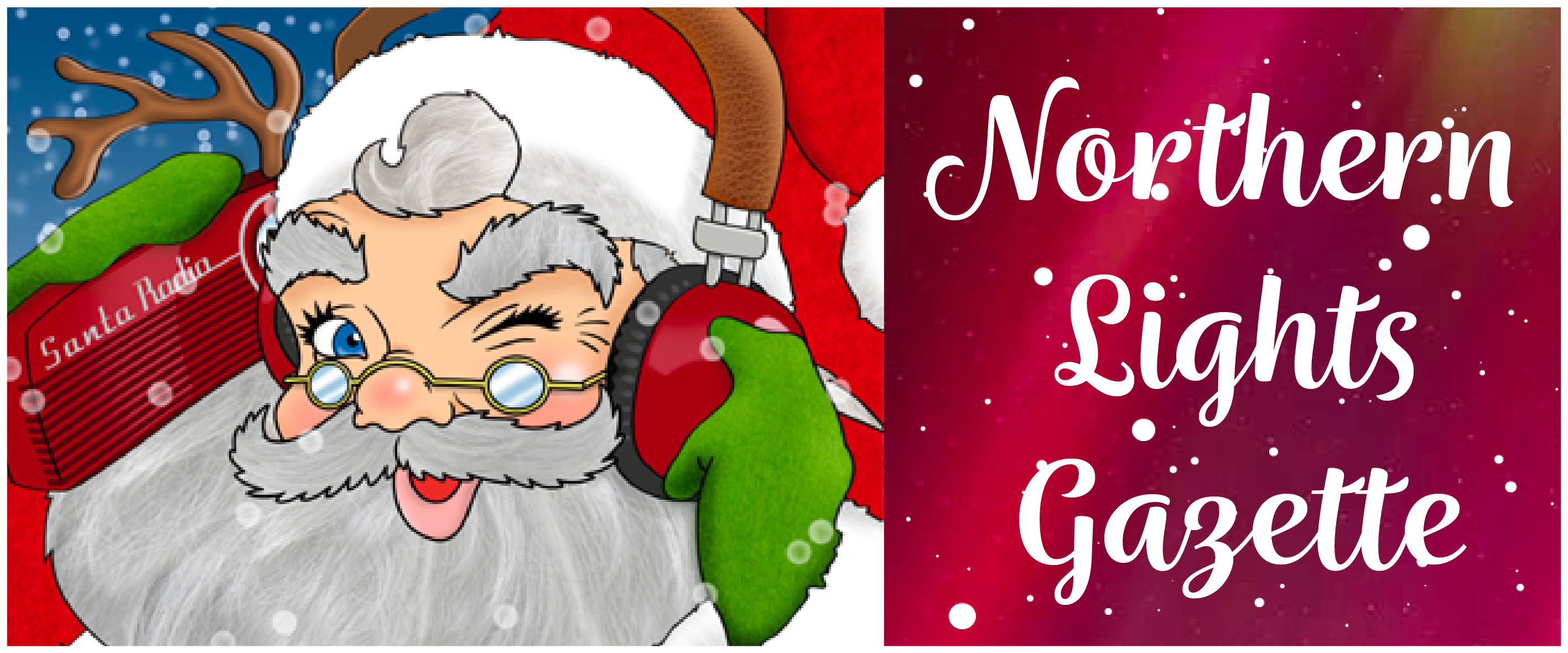Throughout the centuries, the figure of Santa Claus has captured the hearts and imaginations of people around the world. Originating from various cultural and historical influences, Santa Claus has become an iconic symbol of the holiday season, embodying the spirit of giving, joy, and goodwill. The evolution of Santa Claus is a fascinating tale that intertwines folklore, legend, and tradition, spanning centuries of human history.
Santa Claus is a marketers delight. The story of Santa Claus traces its roots back to ancient times, where various cultures celebrated winter festivals and revered figures associated with gift-giving and generosity. One of the earliest influences on the modern Santa Claus can be found in the traditions of the ancient Romans, who celebrated Saturnalia, a festival honoring Saturn, the god of agriculture. During Saturnalia, people exchanged gifts, feasted, and engaged in merrymaking, embodying the spirit of abundance and goodwill.
In Christian tradition, the legend of Santa Claus finds its roots in the story of Saint Nicholas, a 4th-century Christian bishop from Myra, in present-day Turkey. Known for his acts of generosity and compassion, Saint Nicholas became the patron saint of children, sailors, and the poor. One of the most famous stories associated with Saint Nicholas tells of how he anonymously provided dowries for three impoverished sisters, thereby saving them from a life of destitution.
Over time, the stories and legends surrounding Saint Nicholas spread throughout Europe, where he became known by various names and acquired different attributes in different cultures. In Dutch tradition, Saint Nicholas, or Sinterklaas, was depicted as a tall, thin figure dressed in a bishop’s robes, riding a white horse and delivering gifts to children on the eve of Saint Nicholas Day, December 5th.
The Dutch settlers brought the tradition of Sinterklaas with them to America, where it evolved into the figure we now recognize as Santa Claus. In the 18th century, Dutch immigrants in New York transformed Sinterklaas into “Santa Claus,” a jolly figure who embodied the spirit of Christmas and brought joy to children of all ages.
One of the most significant influences on the modern image of Santa Claus came from the poem “A Visit from St. Nicholas,” also known as “The Night Before Christmas,” written by Clement Clarke Moore in 1823. This beloved poem introduced many of the iconic elements associated with Santa Claus, including his sleigh, reindeer, and jovial personality. Moore’s portrayal of Santa Claus as a “right jolly old elf” captured the imagination of generations of readers and helped solidify the image of Santa Claus in popular culture.
In the mid-19th century, the illustrator Thomas Nast further popularized the image of Santa Claus with his illustrations for Harper’s Weekly. Nast depicted Santa Claus as a rotund, white-bearded figure wearing a red suit trimmed with fur, a depiction that has since become the standard image of Santa Claus around the world.
The 20th century saw the rise of Santa Claus as a cultural icon, appearing in movies, television shows, advertisements, and holiday decorations. Coca-Cola played a significant role in shaping the modern image of Santa Claus with its iconic advertising campaigns featuring a jolly, red-suited Santa Claus, created by artist Haddon Sundblom in the 1930s. This depiction of Santa Claus as a friendly, benevolent figure helped cement his status as a beloved symbol of the holiday season.
Today, Santa Claus continues to inspire wonder and joy in the hearts of people around the world. Children eagerly anticipate his arrival on Christmas Eve, leaving out cookies and milk in anticipation of his visit. The story of Santa Claus serves as a reminder of the power of generosity, kindness, and goodwill, values that transcend cultural boundaries and bring people together in the spirit of the season.
In conclusion, the history of Santa Claus is a testament to the enduring power of myth, legend, and tradition. From its ancient roots to its modern incarnation, the story of Santa Claus has captured the imagination of countless generations and continues to spread joy and goodwill throughout the world. As long as there are children who believe in the magic of Christmas, Santa Claus will remain a cherished symbol of the holiday season, embodying the timeless values of love, generosity, and hope.

